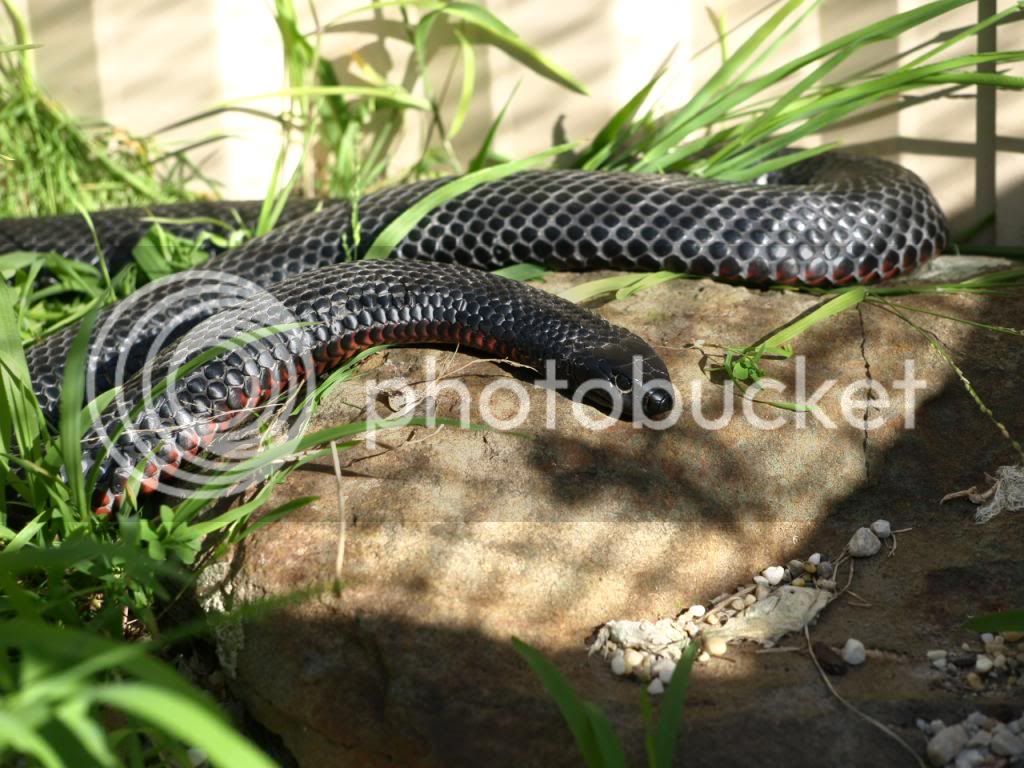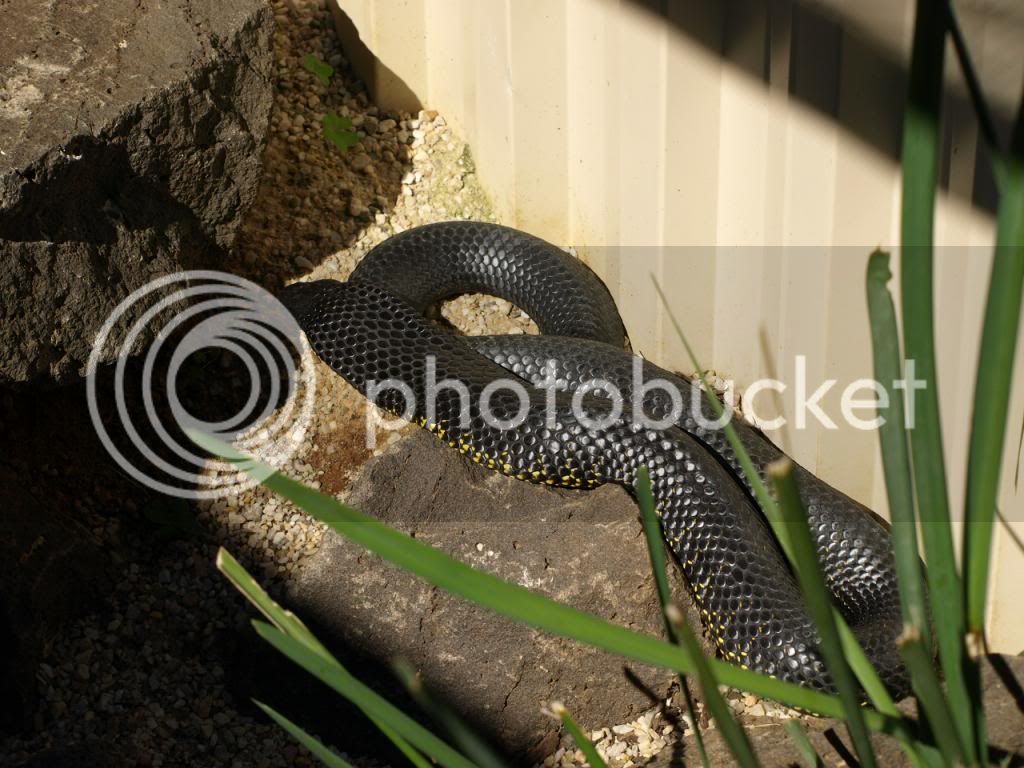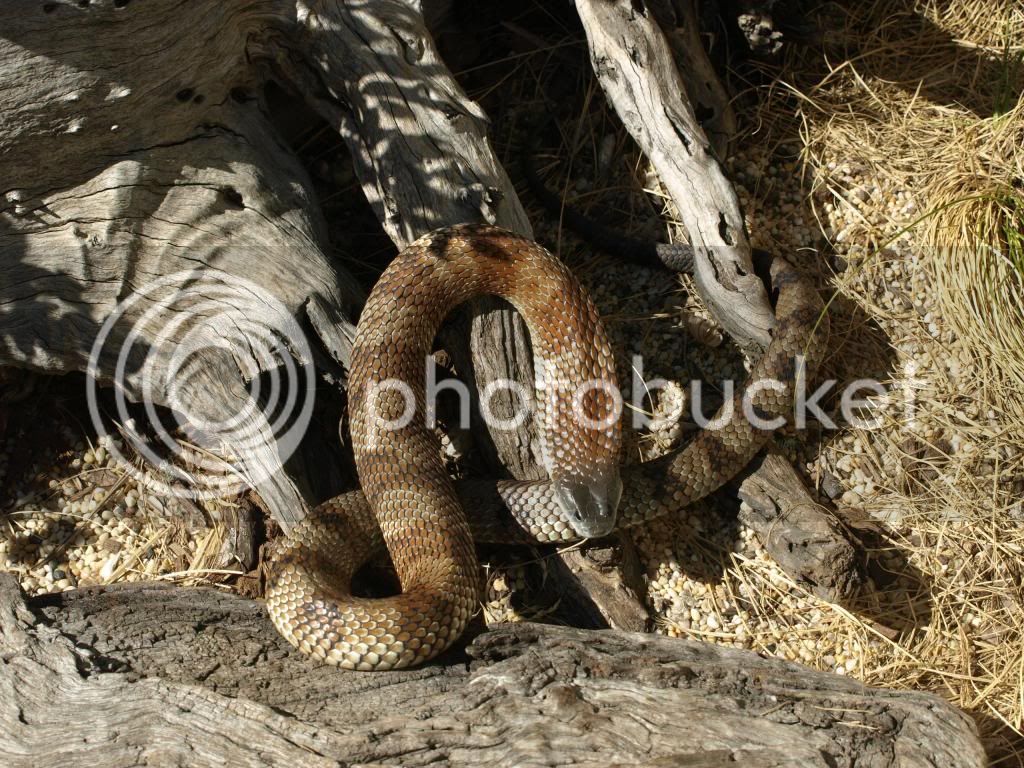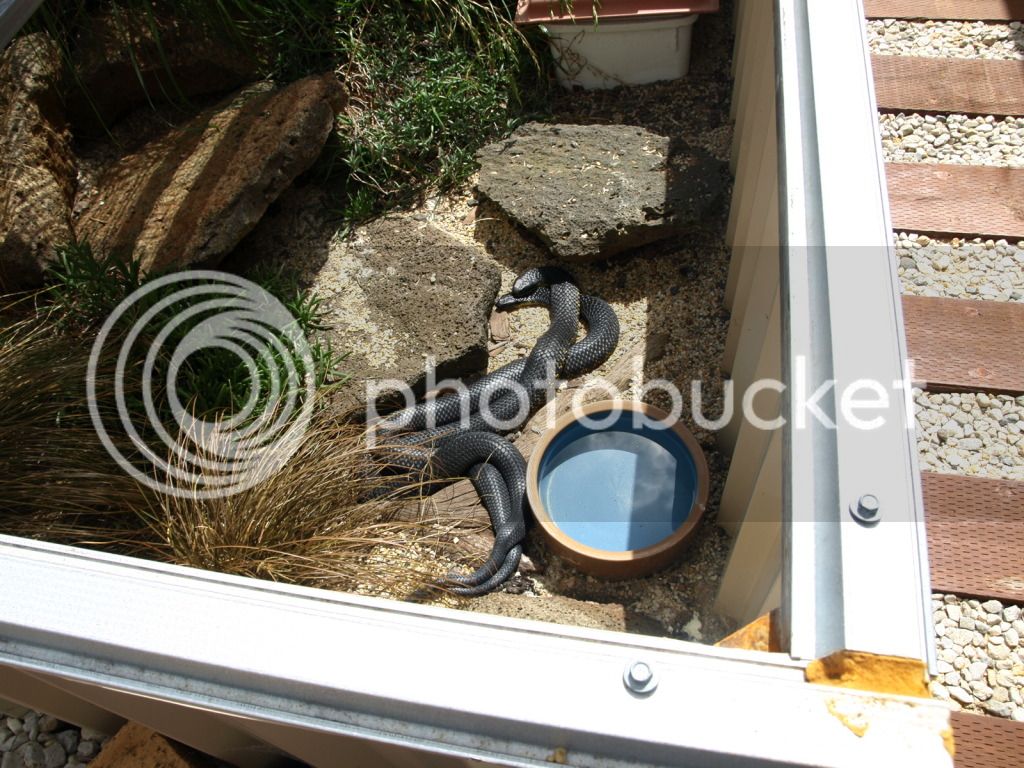To Quote Andynic
"The laws of thermodynamics would have an object that cannot produce its own heat or have a way to cool down becoming the temperature of the environment around it I think. A persons body temperature does not fluctuate much unless we are sick or we cannot heat/cool ourselves sufficiently by sweating or shivering in which case our body will start to shut down."
Yes but you assume that reptiles do not have means of changing their body temperature other than outside thermal influences ie radiant heat or heat via conduction.
Snakes do shiver, crocodilians pant (and divert blood supply around to suit), lizards gular pulse. Loose or tight coiling and thus increasing/decreasing the rate of heat exchange via exposed surface area plus many other examples.
Mammals and some reptiles eg a Luth do expend energy on thermal regulation. A person who dies, no long produces heat on its own accord and thus cools to the temperature of the immediate environment.
"The laws of thermodynamics would have an object that cannot produce its own heat or have a way to cool down becoming the temperature of the environment around it I think. A persons body temperature does not fluctuate much unless we are sick or we cannot heat/cool ourselves sufficiently by sweating or shivering in which case our body will start to shut down."
Yes but you assume that reptiles do not have means of changing their body temperature other than outside thermal influences ie radiant heat or heat via conduction.
Snakes do shiver, crocodilians pant (and divert blood supply around to suit), lizards gular pulse. Loose or tight coiling and thus increasing/decreasing the rate of heat exchange via exposed surface area plus many other examples.
Mammals and some reptiles eg a Luth do expend energy on thermal regulation. A person who dies, no long produces heat on its own accord and thus cools to the temperature of the immediate environment.
Last edited:









